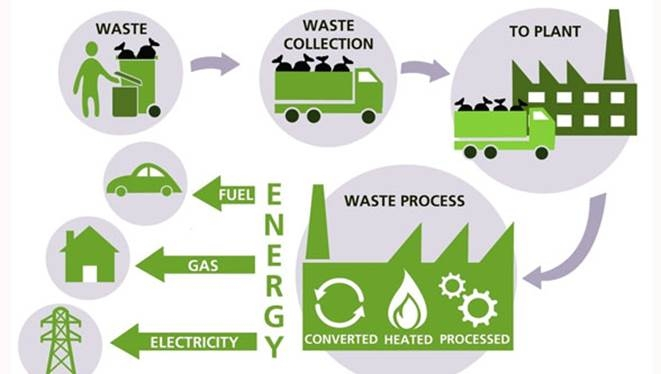
What Is Waste To Energy?
Organic waste like yard trimmings, wood, paper, and food produces millions of tons of methane emissions—in landfills, methane has about 30 times higher global warming impact than carbon dioxide. But, what if we told you that waste could actually be used to produce renewable natural gas and liquid fuels, including gasoline and diesel? It can be done through a process known as waste-to-energy.
Waste-to-energy, also called energy-from-waste, is a process used to generate energy in the form of heat and/or electricity from the primary treatment of waste or the process of turning waste into a fuel source. Waste-to-energy incineration is known as a sustainable alternative to using landfills to dispose of waste.
How Does Waste-to-Energy Work?
Waste-to-energy works by taking non-hazardous waste that would otherwise end up in a landfill and combusts it to generate steam for electricity production. Ash is processed to recover metal for recycling while all of the gases are collected, filtered, then cleaned to minimize the impact on the environment.
Benefits of Waste-to-Energy
There are several benefits associated with waste-to-energy, including:
- Saves resources
- A viable power source
- Waste-to-energy reduces millions of tons of greenhouse gas emissions
- Waste-to-energy greatly reduces landfill usage and expansion.
- Waste-to-energy processes recover hundreds of thousands of metal every year to be recycled. This is the equivalent amount of steel to build more than 450,000 vehicles.
